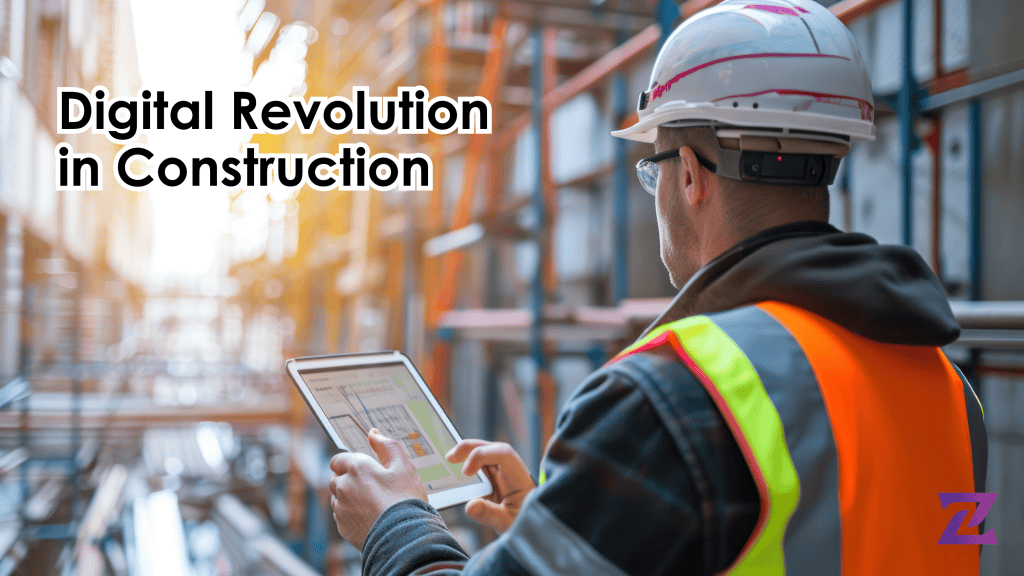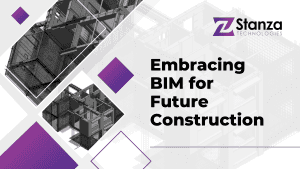The built industry is experiencing a revolution. As projects grow more complex, the need for efficiency, precision, and adaptability has never been greater. Digital transformation has become the cornerstone of how the industry operates, and technologies such as Building Information Modeling (BIM), Virtual Design and Construction (VDC), Digital Twin, Common Data Environment (CDE), and Integrated Digital Delivery (IDD) are reshaping every phase of a project’s life cycle. These innovations address today’s problems and set the foundation for a more agile, sustainable, and interconnected future.
This transformation’s heart lies in the shift from traditional, siloed processes to integrated digital solutions that foster collaboration. Historically, the construction and design industry has suffered from inefficiencies caused by fragmented information, miscommunication, and errors during execution. With technologies like BIM and CDE, all stakeholders—from architects and engineers to contractors and facility managers—now work from a single source of truth. This shared platform provides real-time data that ensures everyone can access accurate and up-to-date information, allowing for smoother coordination and fewer missteps. These systems are designed to anticipate challenges and streamline solutions, reducing costly rework and delays.
Virtual Design and Construction (VDC) takes the integration further by enabling teams to visualize every project detail in a virtual space before physical construction begins. This process allows stakeholders to spot potential issues early, optimize designs, and test various scenarios to find the most efficient solutions. The ability to virtually simulate the construction process minimizes risks, ensures better resource management, and saves time and money. As the industry continues to evolve, VDC’s role in refining designs and processes becomes an essential tool for projects of all scales.
The rise of Digital Twin technology further exemplifies the power of digital transformation. A Digital Twin is a very dynamic, real-time replica of a physical asset or system, enabling continuous monitoring, analysis, and optimization throughout its entire life cycle. In construction, Digital Twin technology allows stakeholders to track the health, performance, and behavior of a building or infrastructure in real-time, long after the construction phase is complete. This creates opportunities for predictive maintenance, energy efficiency improvements, and data-driven decision-making, making it an invaluable construction and facility management tool.
In addition, Integrated Digital Delivery (IDD) brings these technologies together, ensuring that every phase of a project—from planning and design to construction and operation—is seamlessly connected. By linking the digital models, workflows, and data generated across various tools, IDD provides a comprehensive, holistic approach to managing a project. This results in greater transparency, improved decision-making, and a smoother transition from one phase to the next, enabling a continuous flow of information across the project life cycle.
As the industry continues to adopt these technologies, the shift toward a digital-first approach addresses the operational challenges and the broader goals of sustainability and resilience. By leveraging digital tools, project teams can more effectively design and construct buildings that are energy-efficient, adaptable, and built to last. This focus on sustainability is continuously becoming increasingly important as the world faces growing environmental concerns, and digital solutions offer the insights necessary to create buildings that align with global goals for reducing carbon emissions and resource consumption.

The importance of these innovations cannot be overstated. They drive the industry toward a future where projects are delivered on time, on budget, and with fewer disruptions. What was once a fragmented industry struggling to address inefficiencies has transformed into a cohesive, data-driven ecosystem that thrives on collaboration and foresight. Digital solutions have become the key to solving the complex dilemmas that have long plagued the industry, allowing for smarter, more agile responses to expected and unforeseen challenges.
As the digital revolution in the built industry continues to gain momentum, one thing is clear: the future belongs to those who embrace these solutions. By creating digital solutions for every dilemma, the industry is paving the way for smarter, more efficient, and more sustainable construction practices to shape the world for future generations.










